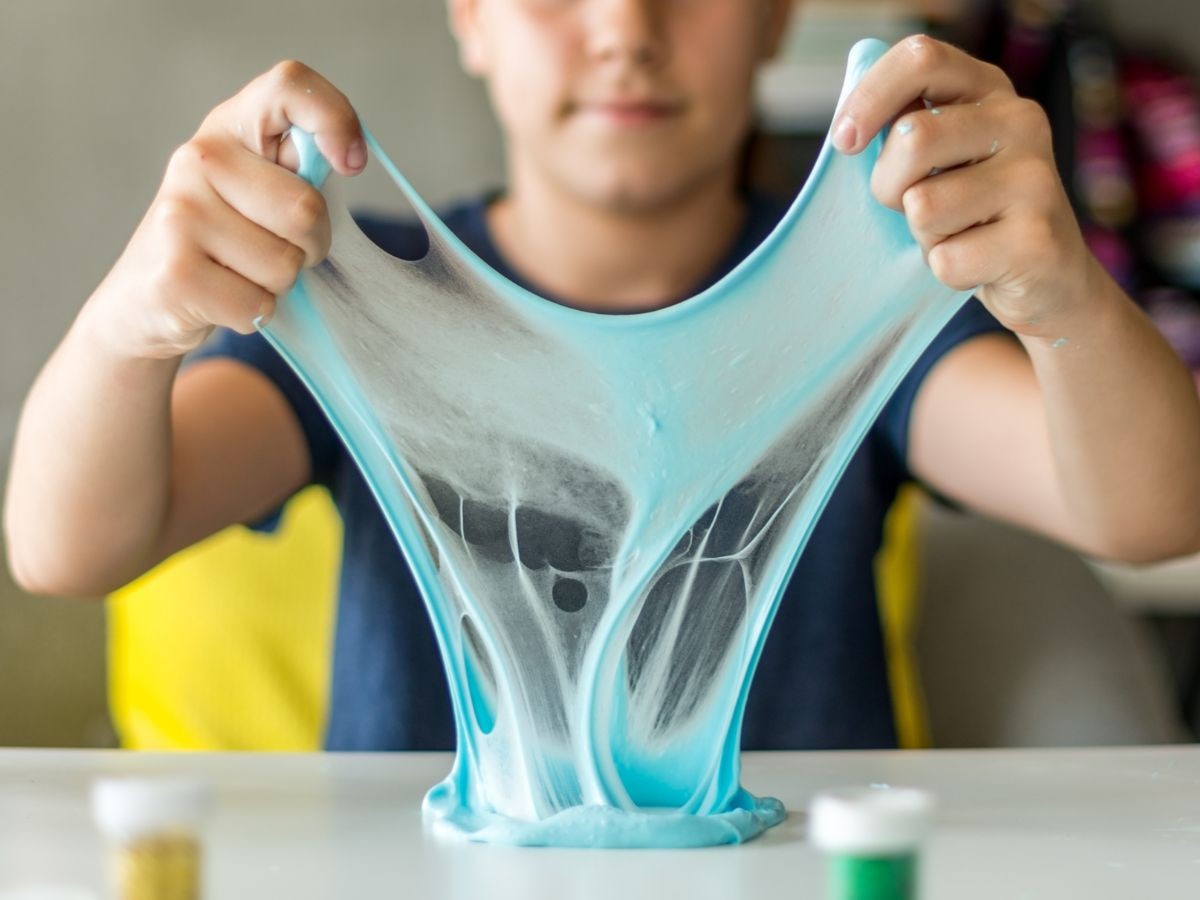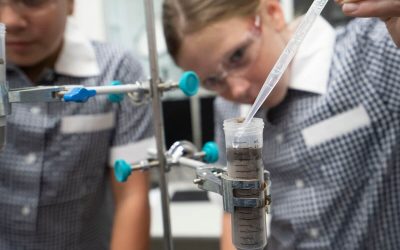We’ve all seen the mesmerising videos of gooey slime being squished and squeezed and shaped into all sorts of things. Those videos are great fun to watch, and making slime is a DIY-friendly project that can be done at home. But if you want to go a step further, we’ve got a DIY edible slime experiment! Hot on the heels of National Science Week, this edible slime experiment is fun for kids of all ages, and the best part is that you get to eat the colourful slime when you’re done!
What You Need to Make Edible Slime
This DIY edible slime experiment is incredibly simple and it only requires a few common ingredients:
- ¼ cup tapioca flour
- ¼ cup tap water
- 1 tablespoon of caster sugar
- Food colouring
- ¼ teaspoon citric acid (optional)
- Small saucepan
- Mixing spoon
These ingredients are all common and easy to find in major supermarkets. If you can’t find tapioca flour it can be replaced with corn flour or potato starch, but the slime won’t be quite as stretchy. The citric acid is optional, but it’s one of the ingredients used to make lollies taste like real fruit, so it adds a lot of extra flavour to the slime!
The Edible Slime Experiment
Edible slime is a fun experiment for kids of all ages. It requires the use of a stove though, so parental supervision is required:
- Add the ingredients to the small saucepan along with a few drops of food colouring. Stir to combine.
- Place the saucepan over MEDIUM to HIGH heat and stir the mixture constantly until it starts to thicken.
- Once you see the mixture thickening, reduce the heat to LOW and keep stirring until the slime has come together and is transparent.
- Remove the mixture from the heat and allow it to cool. The mixture will be very hot and can’t be played with until it has cooled. You can speed up the cooling process by filling the saucepan with cold tap water several times. Rinse the slime under cold water if it becomes too sticky.
- Start playing with your cooled slime!
Take great care not to handle the slime while it’s hot. For best results you should let your slime cool all the way to room temperature before handling.
Don’t forget to wash your hands before playing with the slime! This slime is edible, so it’s important to look after hygiene during the experiment. It’s also best to avoid eating the slime after lots of handling or if it has been played with on surfaces that haven’t been properly disinfected.
The Science of Edible Slime
The secret of edible slime lies in the tapioca flour. Tapioca flour is made from cassava root (which is similar to potato). Cassava root is one of the world’s most common food crops and it’s made almost entirely of pure starch. In the case of edible slime, it’s the starch that does most of the work.
Starch is made up of long chains of glucose molecules. When starch is mixed into water and heated, the glucose chains begin to break apart and absorb water. This causes the starch to dissolve into the water and the long molecular chains become disorganised and tangled through a process called gelatinisation. Gelatinisation turns a mixture of water and starch into a thick substance. If you mix enough starch into the water, it can even become thick enough to be handled like slime!
Explore More Fun Experiments with Science Parties by Street Science!
Edible slime is a quick and simple experiment that’s perfect for kids of all ages. Whether you’re at home or in the classroom, edible slime is a great way to engage students and share a little bit of unique science with them. If you’re interested in more ideas for DIY experiments, Street Science has you covered! We’re a team that’s passionate about sharing science in a fun, educational and engaging way. Edible slime is one of our favourite experiments for science parties, school incursions and our science kits for primary schools because it allows kids to get involved and really sink their teeth in! We’ve got plenty of ideas for your science party – and we’re happy to deliver a hands-on workshop that gets kids of all ages involved. Contact us online if you’d like to find out more about booking Street Science for your next event!




